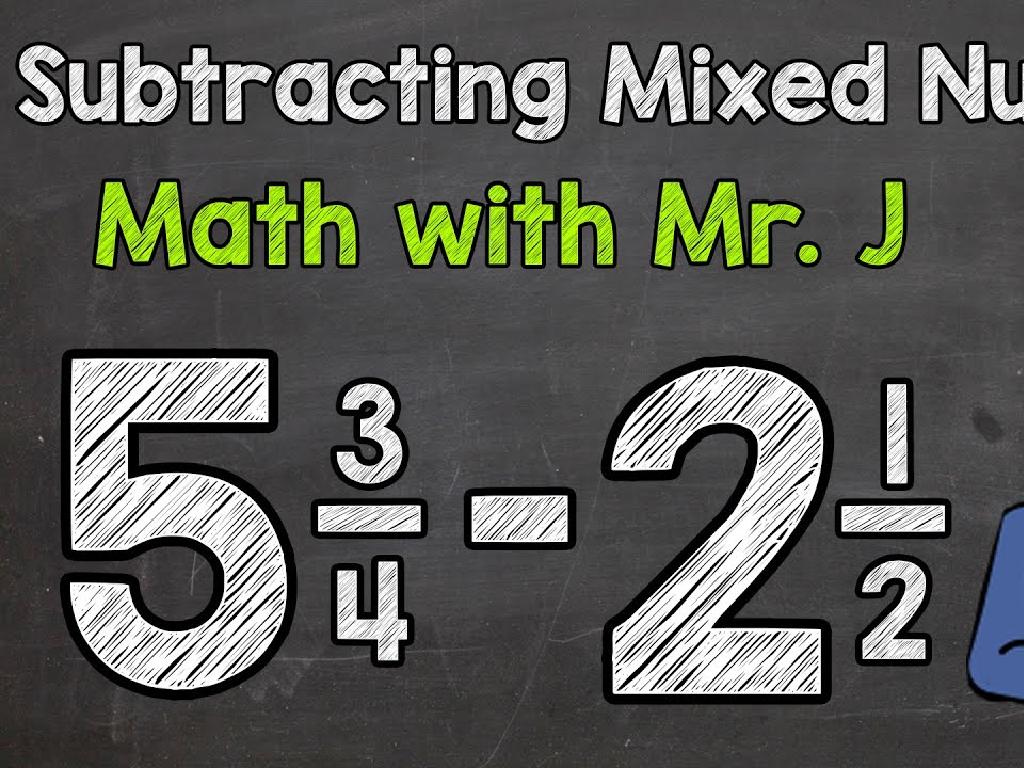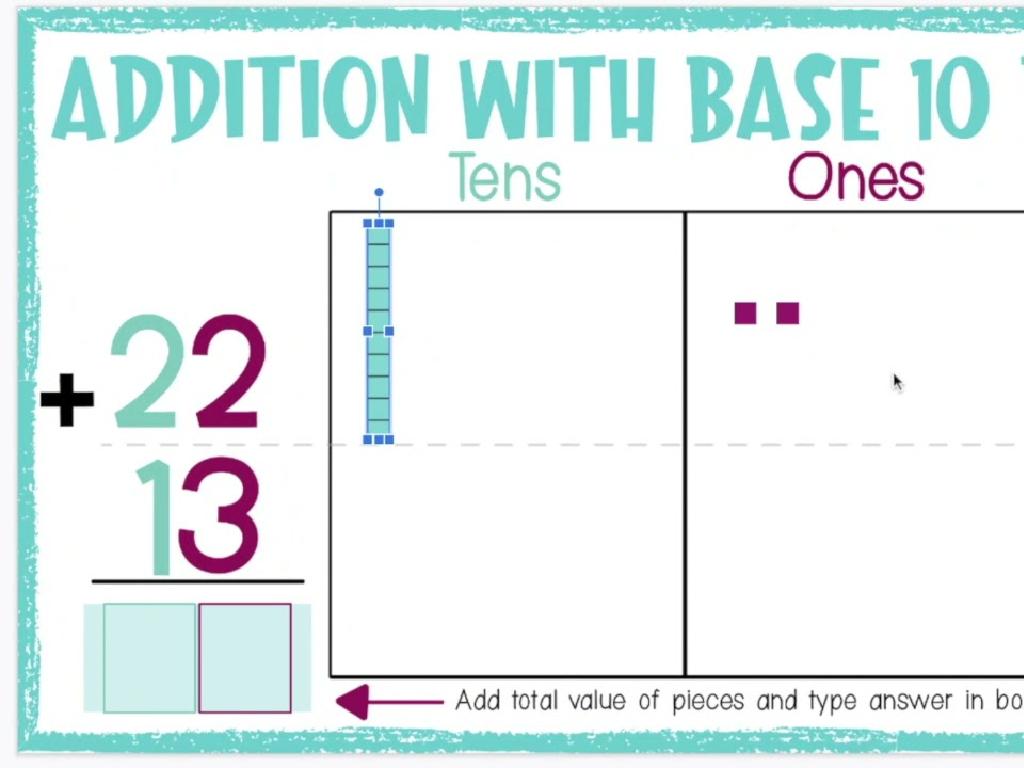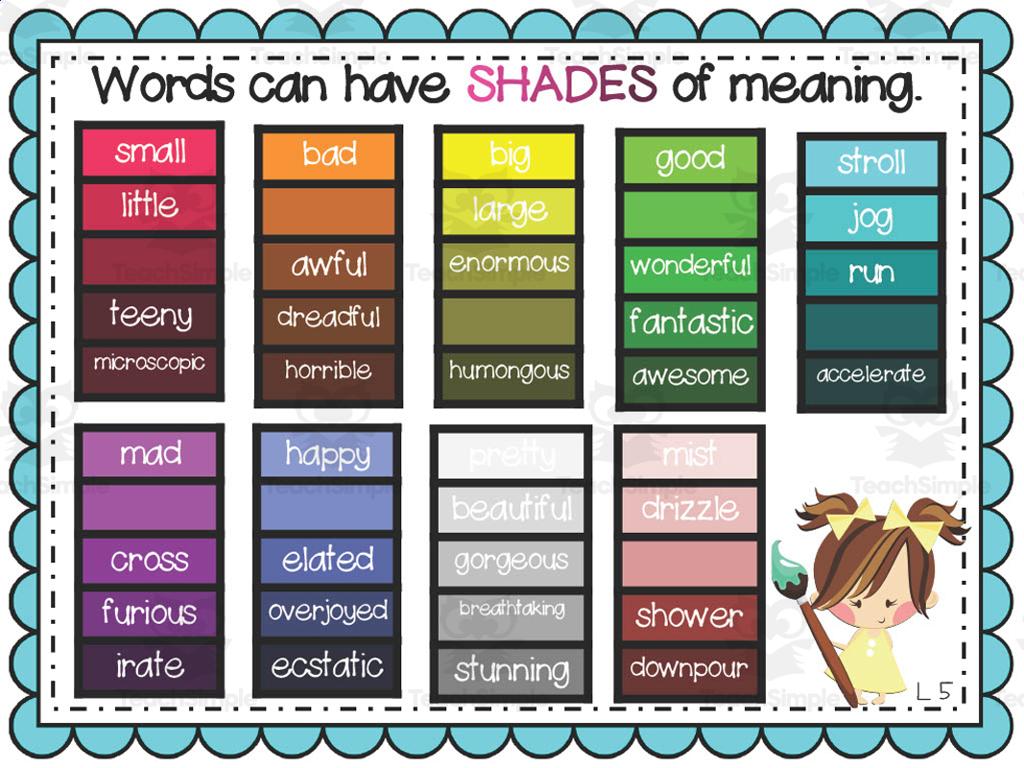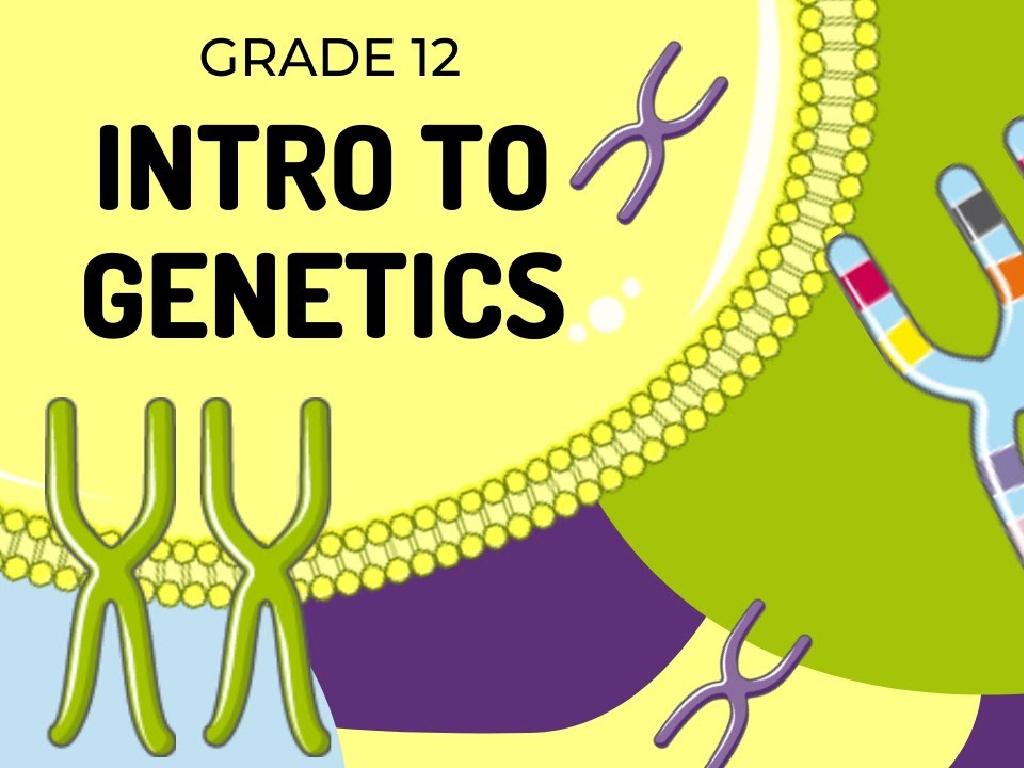Commas With Coordinate Adjectives
Subject: Language arts
Grade: Seventh grade
Topic: Commas
Please LOG IN to download the presentation. Access is available to registered users only.
View More Content
Commas with Coordinate Adjectives
– Define coordinate adjectives
– Adjectives that equally modify a noun, e.g., ‘The bright, sunny day.’
– Commas clarify meaning
– Test for coordination
– Swap adjectives or insert ‘and’ to check. Does it still make sense?
– Practice in sentences
– Use examples to apply commas with adjectives.
|
This slide introduces the concept of using commas with coordinate adjectives, which are adjectives that equally modify the same noun. Emphasize the importance of punctuation in avoiding ambiguity and ensuring clear communication. Teach students how to test if adjectives are coordinate by swapping their order or adding ‘and’ between them; if the sentence still makes sense, a comma is needed. Provide practice sentences for students to apply these rules, reinforcing their understanding through examples. Encourage students to explain why commas are used or not in each case, fostering critical thinking about language structure.
Commas with Coordinate Adjectives
– Understanding the comma
– A comma is a punctuation mark used to indicate a pause or separation.
– Commas’ various roles
– They separate items in a list, connect independent clauses, or set off clauses.
– Introduction to coordinate adjectives
– Coordinate adjectives are adjectives in a sequence that describe the same noun.
– Practice with examples
– ‘The quick, nimble fox’ uses commas to separate the adjectives describing ‘fox’.
|
This slide introduces the concept of commas, focusing on their use with coordinate adjectives. Begin by explaining the comma as a fundamental punctuation mark in writing, which serves to clarify meaning by indicating pauses and separating elements within a sentence. Highlight the different roles commas play, such as listing items, linking clauses, or providing additional information. Then, transition to coordinate adjectives, which are two or more adjectives that equally modify the same noun. Emphasize that when adjectives are coordinate, a comma should be used between them. Provide students with examples and encourage them to create sentences using coordinate adjectives, ensuring they understand the concept through practice.
Commas with Coordinate Adjectives
– Understanding adjectives
– Adjectives are words that describe or modify nouns.
– Adjectives’ role with nouns
– They add detail to sentences, telling ‘which’, ‘what kind’, or ‘how many’.
– Sentence examples
– ‘The quick, brown fox jumps over the lazy dog’ – ‘quick’ and ‘brown’ describe ‘fox’.
– Practice identifying adjectives
|
This slide introduces the concept of adjectives and their function in sentences, setting the stage for understanding how commas are used with coordinate adjectives. Begin by defining adjectives as descriptive words that modify nouns, giving more information about objects, people, or concepts. Explain that adjectives can tell us more about the size, color, quantity, or quality of a noun. Use clear examples in sentences to illustrate how adjectives provide additional detail. Encourage students to practice identifying adjectives in sentences and to consider how these words enhance their writing. This foundational knowledge will be crucial as they learn to punctuate sentences correctly with commas between coordinate adjectives.
Commas with Coordinate Adjectives
– Define coordinate adjectives
– Adjectives that equally modify the same noun, e.g., ‘The quick, nimble fox’.
– Determining coordinate adjectives
– If two adjectives can be swapped or joined with ‘and’, they are coordinate.
– The ‘and’ test explained
– Replace the comma with ‘and’ to test if adjectives are coordinate: ‘The quick and nimble fox’.
– Practice with examples
|
This slide introduces the concept of coordinate adjectives, which are adjectives that have equal status in describing a noun and are separated by commas. To determine if adjectives are coordinate, students can apply the ‘and’ test, where they insert the word ‘and’ between the adjectives. If the sentence still makes sense, and the adjectives can be swapped without changing the meaning, they are coordinate. Provide students with examples to practice this concept, such as ‘The dark, stormy night’ versus ‘The dark and stormy night’. Encourage them to create their own sentences using coordinate adjectives to reinforce their understanding.
Using Commas with Coordinate Adjectives
– Rules for comma placement
– Place a comma between adjectives that are equal and reversible.
– Correct vs. Incorrect examples
– ‘The quick, nimble fox’ vs. ‘The quick nimble fox’
– Practice sentence correction
– Find sentences with errors and fix them.
– Enhance writing clarity
|
This slide introduces the concept of using commas with coordinate adjectives. Students will learn the rules for placing commas between adjectives that describe a noun in an equal manner and can be reversed in order. Provide clear examples showing both correct and incorrect usage to help students understand the difference. The practice activity involves identifying sentences where coordinate adjectives are not punctuated correctly and correcting them. This exercise will help students to write more clearly and accurately. Encourage students to explain why a comma is or isn’t needed in each example to ensure comprehension.
Let’s Practice Together: Coordinate Adjectives
– Craft sentences using coordinate adjectives
– Review sentences in groups
– Exchange papers and provide feedback on comma usage
– Share your sentences with the class
– Discuss the use of commas
– Why did you use a comma, or why not?
|
This slide introduces a class activity focused on applying the concept of coordinate adjectives in sentence construction. Students will create their own sentences using coordinate adjectives, ensuring they place commas correctly between them. After writing, they will work in groups to peer review each other’s sentences, offering constructive feedback on the use of commas. Following the group work, students will share their sentences with the class, and a discussion will be facilitated to deepen their understanding of when to use commas between adjectives. As a teacher, prepare to provide guidance on how to identify coordinate adjectives and the rule that if two adjectives are interchangeable and the sentence still makes sense, they are coordinate and should be separated by a comma. Possible activities: 1) Students list adjectives on the board and decide if they are coordinate. 2) Sentence jumble: students arrange mixed-up sentences correctly. 3) Peer editing: students exchange workbooks and check for correct comma usage. 4) Class discussion: students explain their comma choices in sentences.
Common Mistakes: Commas with Coordinate Adjectives
– Avoid overusing commas
Don’t separate adjectives that don’t need a comma
– Use commas when necessary
If you can insert ‘and’ between adjectives, a comma is likely needed
– Learn tips for comma rules
Use the ‘and’ test, or try reversing the adjectives to see if the sentence still makes sense
– Practice makes perfect
|
When teaching commas with coordinate adjectives, it’s crucial to highlight common errors. Students often overuse commas, inserting them between adjectives that don’t require separation. Conversely, they may forget to use commas when they’re needed between adjectives that independently modify the noun. A helpful tip is the ‘and’ test: if ‘and’ can be placed between the adjectives without changing the meaning, then a comma is appropriate. Another tip is to see if the adjectives make sense when reversed. Regular practice with examples will help students internalize these rules. Provide exercises where students correct sentences with improper comma use and create sentences using coordinate adjectives correctly.
Class Activity: Comma Placement Game
– Add commas to board sentences
– Team up for the comma challenge
– Score points for correct placement
– Reflect on comma usage
– Think about the rules we’ve learned for coordinate adjectives
|
This interactive game is designed to reinforce the students’ understanding of using commas with coordinate adjectives. Divide the class into small teams and provide them with sentences that lack commas. Have the teams work together to determine where commas should be placed, specifically between coordinate adjectives. Award points for each correct comma placement to add a competitive element. After the game, lead a discussion allowing students to reflect on the activity and what they’ve learned about comma usage. This will help solidify their understanding and give them a chance to ask questions. Possible sentences for the game could include: ‘The quick, brown fox jumps over the lazy dog’, ‘She wore a bright, red shirt to the party’, or ‘The cold, bitter wind blew relentlessly’.
Concluding Commas with Coordinate Adjectives
– Recap: Using commas correctly
– Remember, separate adjectives of equal rank with commas
– Proofreading for punctuation
– Checking work ensures proper comma use
– Homework: Craft 10 sentences
– Include pairs of coordinate adjectives in each
– Emphasize importance of practice
|
As we wrap up today’s lesson on commas with coordinate adjectives, remind students of the key points discussed. Emphasize the importance of proofreading to ensure they are punctuating their sentences correctly. For homework, students are to write 10 original sentences that include coordinate adjectives separated by commas. This will help reinforce their understanding of the concept. Encourage creativity and variety in their sentences. In the next class, we can review some of these sentences together to highlight the correct use of commas and to discuss any common issues that may have arisen.





